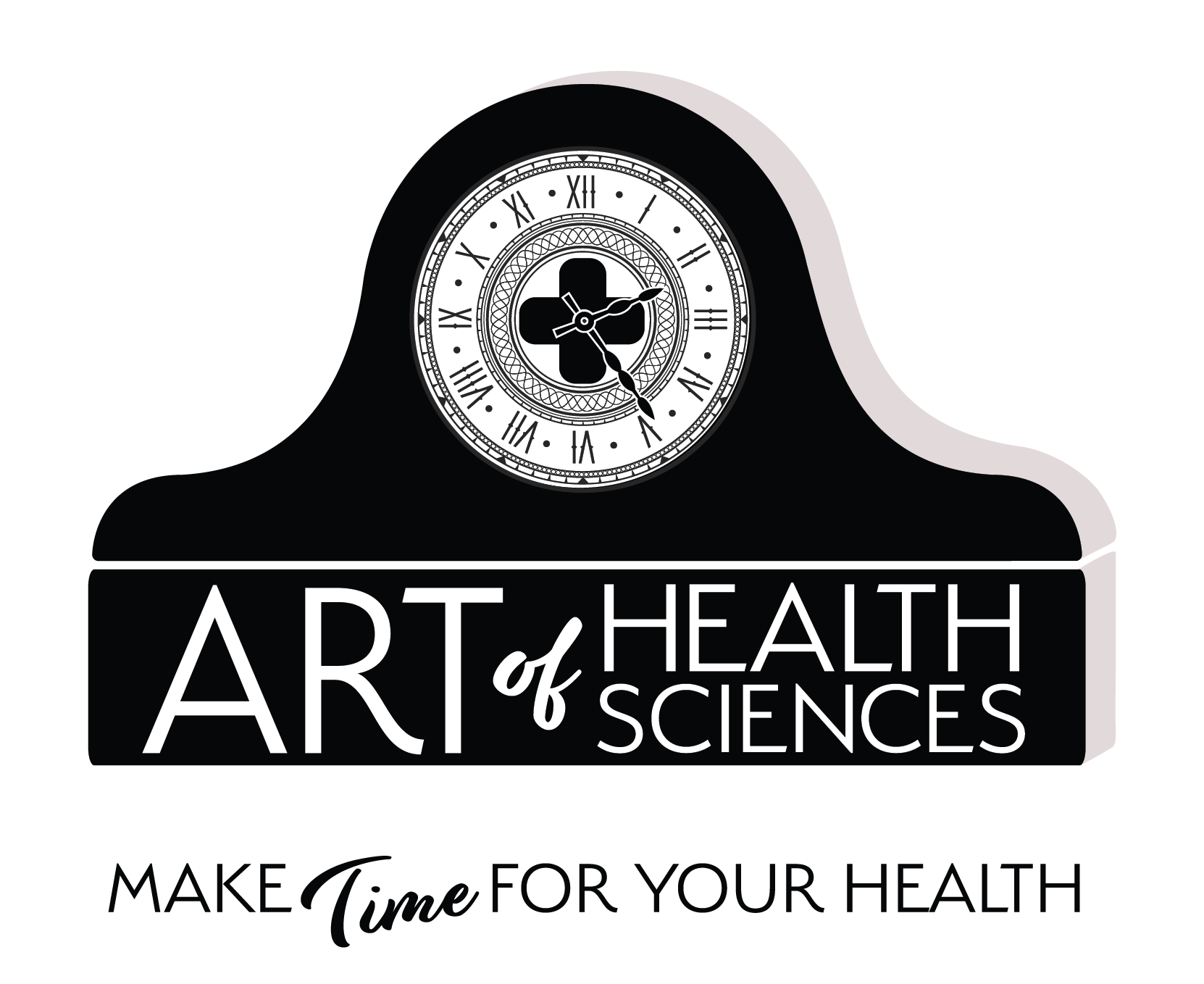Before we dive deep into the shadows and the valleys with over a dozen ways we can suffer loss in the subsequent chapters, let’s focus our attentions unto peace. It’s possible to retrain the brain to view life in new ways (vs. the way we expect or thought it should be). You can turn conscious thoughts into subjective experiences. Nothing can bring you peace but yourself. Are you ready for inner peace? If you’re not, buckle up because it’s a bumpy road without it. If you are, prepare for takeoff because you’re about to get elevated. Notice, where your energy level is just by using your mind to think about which choice you’re going to make. You probably feel low, if you feel like you’re being blocked or something’s getting in the way. And you’re ready to fly on Cloud 9, as long as you remain open to endless possibilities. If the latter option appeals to you, continue to choose peace. Peace is the result of not giving into fear. Courageous and brave souls are the ones who rest in peace. Resist blocking your energy flow, let all things go and then you’ll be free, free to live your life in harmony.
This re-training of the brain is rooted in cognitive behavior therapy (or CBT) techniques, which in its most effective form is culturally and religiously adapted to fit each person, on a tailored or customized basis. Furthermore, researchers suggest that CBT as well as spiritual integrated psychotherapy (or SIPT) is more effective than medication alone to treat and better manage signs and symptoms associated with the chronic condition of depression[1].
The Art of Health Sciences™ approach recognizes and embraces those best practices in mental health interventions that emphasize how crucial the awareness, recognition, and honor of unique core values and belief systems are and the need for their place in healing. Researchers demonstrate that expectations about the effectiveness of any given health intervention significantly predicts healthy outcomes, beyond the health intervention itself[2]. In other words, believe and you shall receive. On one hand, there may be value for some people to be under a licensed medical professions supervision, for medications, as prescribed, that can help stabilize and regulate one’s mood and can work in tandem with effective solutions that offer avenues to release troubles. However, this does not devalue or marginalize nonpsychopharmacological approaches. Also, it does not place a large emphasize on the physical world, which on the contrary is the one that remains obscure, strange, and uncertain or just doesn’t make sense. Yet it draws on the insights and implications of contemporary physics – quantum mechanics and relativity theory, which is a phenomenon that can better describe (even if not explain) the unexplainable experiences within the ‘everyday real world’[3].
Looking for more? Peruse Chapter 4: Redefining Moments of ‘Rise Above: A Playbook On How-To Keep Energy Flowing.’
Photo by Geoffroy Hauwen on Unsplash
Dr. Jaime L. Pula is the author of her best-selling book titled, ‘Rise Above: A Playbook On How-To Keep Energy Flowing.’ She can be reached at jpula@artofhealthsciences.life. And she enjoys connecting on LI at: www.linkedin.com/in/drjaimelpula001/.
[1] Ebrahimi, A., Neshatdoost, H.T., Mousavi, S.G., et. al. (2013). Controlled randomized clinical trial of spirituality integrated psychotherapy, cognitive-behavioral therapy and medication intervention on depressive symptoms and dysfunctional attitudes in patients with dysthymic disorder. Adv Biomed Res, 2:53. doi: 10.4103/2277-9175.114201. eCollection 2013.
[2] Irankunda, P. & Heatherington, L. (2017). Mental health treatment outcome expectancies in Burundi. Transcultural Psychology, 54(1):46-65. https://doi.org/10.1177/1363461516652302
[3] Berger, L.S. (2001). Psychotherapy, biological psychiatry, and the nature of matter: a view from physics. Am J Psychother, 55(2):185-201. doi: 10.1176/appi.psychotherapy.2001.55.2.185.

